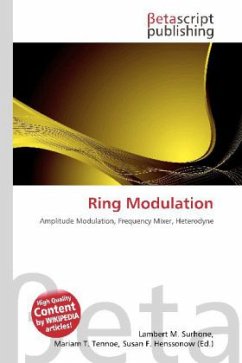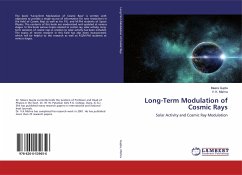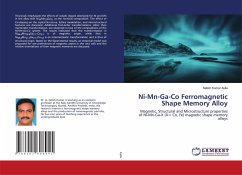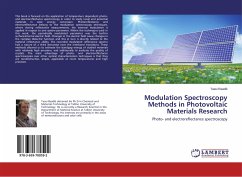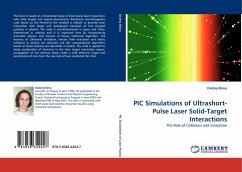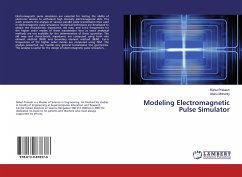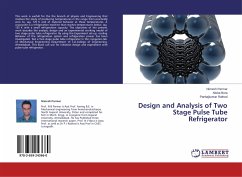
Pulse-Width Modulation
Versandkostenfrei!
Versandfertig in 6-10 Tagen
23,99 €
inkl. MwSt.

PAYBACK Punkte
12 °P sammeln!
High Quality Content by WIKIPEDIA articles! Pulse-width modulation is a very efficient way of providing intermediate amounts of electrical power between fully on and fully off. A simple power switch with a typical power source provides full power only, when switched on. PWM is a comparatively-recent technique, made practical by modern electronic power switches. In the past, when only partial power was needed, a rheostat connected in series with the motor adjusted the amount of current flowing through the motor, but also wasted power as heat in the resistor element. It was an inefficient scheme...
High Quality Content by WIKIPEDIA articles! Pulse-width modulation is a very efficient way of providing intermediate amounts of electrical power between fully on and fully off. A simple power switch with a typical power source provides full power only, when switched on. PWM is a comparatively-recent technique, made practical by modern electronic power switches. In the past, when only partial power was needed, a rheostat connected in series with the motor adjusted the amount of current flowing through the motor, but also wasted power as heat in the resistor element. It was an inefficient scheme, but tolerable because the total power was low. This was one of several methods of controlling power. There were others some still in use such as variable autotransformers, including the trademarked Autrastat for theatrical lighting; and the Variac, for general AC power adjustment. These were quite efficient, but also relatively costly.



